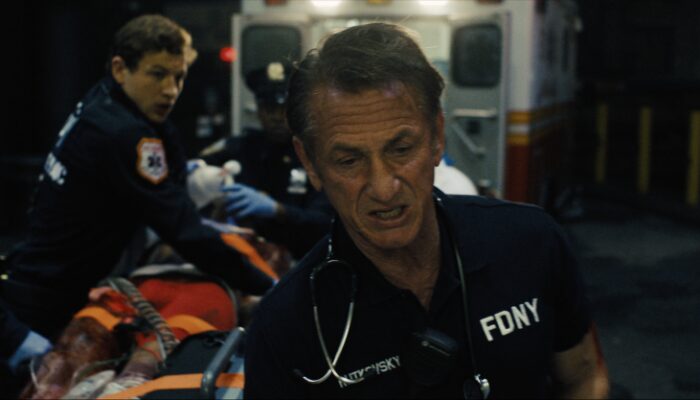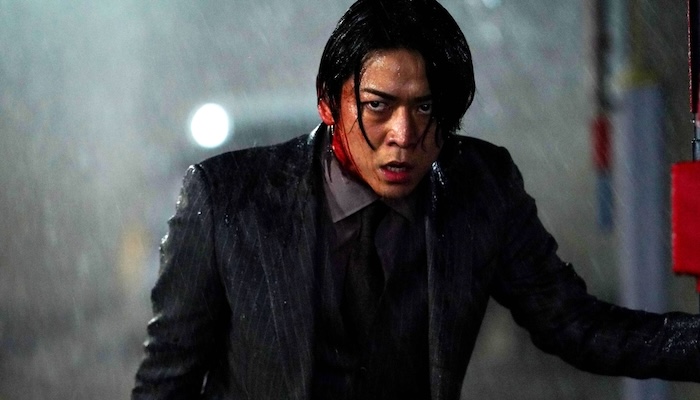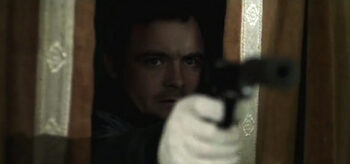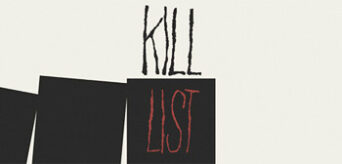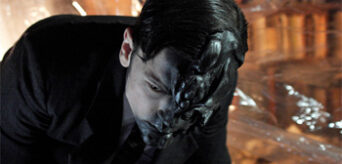Film Review: KILL LIST (2011): Ben Wheatley, Neil Maskell, Michael Smiley
Kill List (2011) Film Review, a movie directed by Ben Wheatley and starring Neil Maskell, MyAnna Buring, Harry Simpson, Struan Rodger, and Esme Folley, Ben Crompton, and Robin Hill.
Kill List is a cinematic organism that exists in more than one film genre, like a trans-dimensional entity with an appendage in multiple realities coterminous, a celluloid refugee that seeks and immediately finds sure-footing.
Though Kill List is hard to pin down genre-wise, what is obvious is that the film does a thriller right, a horror film right, and it surprises the viewer more than once.
Kill List starts as one film then slowly becomes something else. There are hints but those hints never make sense, if they ever do, until the film’s third act.
The film’s main protagonist Jay (Neil Maskell) begins the film as one type of person then becomes another. Jay’s rage is strikingly out of the blue since outwardly he seems to be a loving father and husband. Though he and his compatriot Gal (Michael Smiley) deal with and “marginalize” some despicable people in the film, Jay is always the most monstrous. Through all of his moral justifications and repulsions, his actions (in the eyes of Gal as well) are over-the-top and psychopathic e.g. the hammer scene.
From Ghal’s reaction to it, it seems Jay was always like that. Did the group at the end of the film know or sense the violence in Jay and because of that, target him (think Seven)? Were the markings that were left around Jay and Shel (MyAnna Buring)’s home marking the group’s territory, conjuring a spell, entreating, and manipulating Jay to violence? It’s never made clear or certain.
What is certain is that everyone in the film serves a function that propels the narrative towards its goal. Jay’s wife Shel during an action sequence in the film is no victim and demonstrates she has the same skills and mentality that the main protagonists possess. Because of that, it is the single female empowerment scene in the film, Shel’s Ellen Ripley moment. She is starkly different from most female would-be-victims in similar situations. Female protagonists, in particular the “survivor girl” in horror movies, sometime fight back against what is trying to kill them through sere will-power or ingenuity. Very few have the training that Shel has and those skills are not window-dressing. They are used to enrich the final act of Kill List and the final moments of the film.
Those final moments leave it ambiguous as to whether it is a new religion or Satan worshipers at work in the film. Also left a question mark is the origin of the feral, animal noises imitating from some of them as they attack or are physically assaulted earlier in the film.
Buttressing all of this clever noise are the film’s chapters, each one relating to an undisclosed plotline in the film. This fact immediately makes Kill List more than a Statham, cookie-cutter, hitmen-on-an-assignment film. Chapters Priest and Librarian initiate a sense of unease and eeriness in the film (something is not quite right). In these two cases, its with the hitmen’s targets. In The Professional, the hitman is completely unconcerned with the people he is killing. In Kill List, the targets bully their way into the immediate thoughts and later ponderings of the hitmen with only a few cryptic words.
Chapters The M.P. and The Hunchback further explore these cryptograms and house the greatest revelations in the film. Along with the uneasiness that preceded them, these two chapters are Kill List’s greatest cinematic achievement. Odd, quarrelsome puzzle pieces placed in front of the viewer to arrange and construct in the preceding chapters suddenly begin to align.
As a result of this, Kill List’s ending makes the film. It makes the viewer revisit and re-evaluate everything before it much like Seven’s ending did. The viewer will be riveted, shocked, feel pity, and be shocked once more. The viewer will be surprised that a certain character is smiling, especially considering what has just happened to them and someone else. My question is: was the smiling person in on it from the beginning? The way the final confrontation was set up suggests no but if that’s true, why that smile?
Perhaps this person was only in on part of it and was smiling because they and the situation had been manipulated so expertly by the group. This would explain why the smiling person had the gun in the third act and was using it: The group never told that person what their involvement would be or that they would be involved.
Martyrs‘ insane but ratifying ending was morbidly led up to. Haute Tensions’ ending, though entertaining and surprising, was devoid of logic. Kill Kist’s morbid ending was almost completely out of left field (then enveloped by new realities) but made sense since the groundwork for aspects of it were sprinkled throughout the narrative. The viewer has to fill in the purposeful narrative gaps with their own imagination.
Rating: 9/10
Related Articles
FilmBook's Newsletter
Subscribe to FilmBook’s Daily Newsletter for the latest news!


